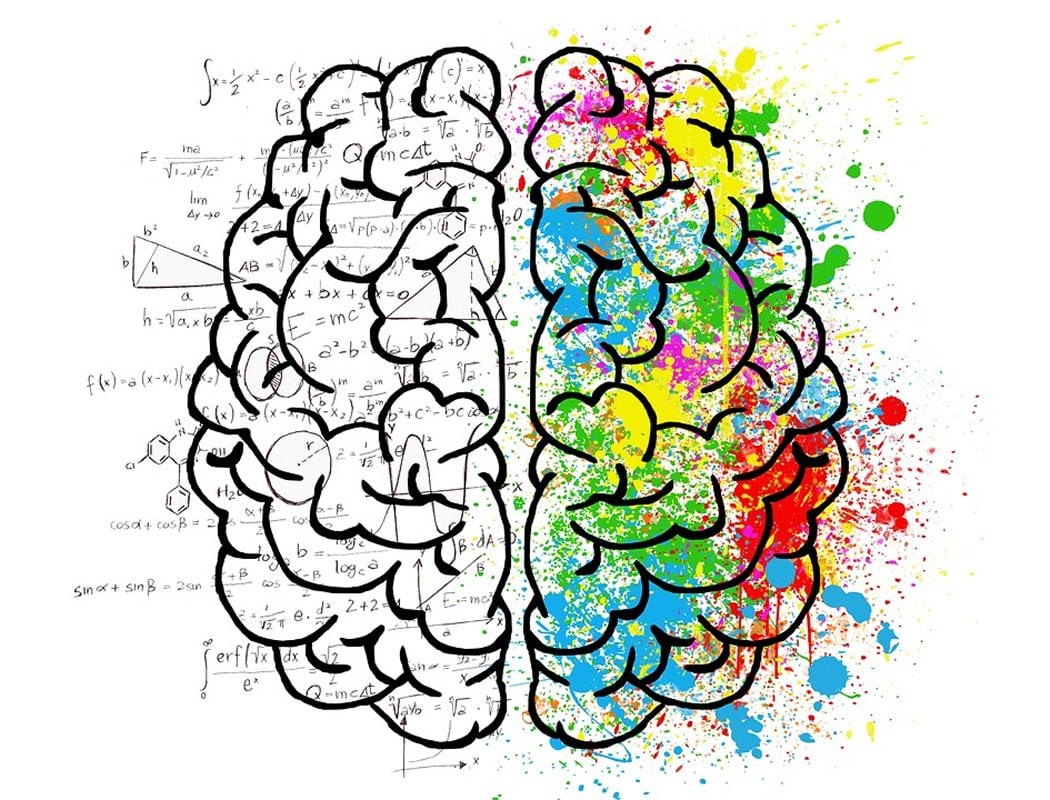Summary: The effects of schedule autonomy on creative performance are dependent upon a person’s level of impulsivity. The more impulsive a person is, the more creative they are. The reverse is true for those who are more controlled.
Source: FAU
How can employees’ working time be organised so as to enable them to perform in the best possible way when completing both creative and routine tasks? Two economists at Friedrich-Alexander-Universität Erlangen-Nürnberg (FAU) investigated this question and made a surprising discovery. Which working model works best depends on employees’ impulsiveness.
Should I first respond to e-mails, then write invoices and when that gets boring, carry on working on the concept for a new advertising campaign, then when I run out of ideas go back to my routine tasks? Or should I first finish off my routine tasks and then focus on my creative tasks during defined time slots? How employees split their time between creative and routine tasks is managed differently by companies. In doing so, they try to choose the method that promotes creative work the most as there have not been any established theories about the most effective method until now. Nevertheless, companies like 3M or Google have been using rules for several decades that allow employees to use 15 to 20 percent of their working time for creative thinking and working.
FAU researchers Prof. Dr. Alexander Brem, Chair of Technology Management, and Prof. Dr. Verena Utikal, Assistant Professor of Behavioural Economics, have now undertaken research into how best to organise time for creative tasks, and thus also time for routine tasks, and what factors influence peak performance in employees.
During their study, they asked 233 participants to work on various tasks. The routine task involved solving simple mathematical problems, whereas making as many words as possible from a given set of letters simulated the creative task. While one group was able to switch to and fro between these two tasks as often as they wanted, the second group had to complete one task before they were allowed to start the other.
How impulsive are employees?
The results show there is no universally-applicable working model. According to Professor Brem, one of the main findings of the study is that ‘which model provides the best results depends to a great extent on the individual involved.’ And in this case, it depends on how impulsive a person is. ‘Impulsive people are more creative when they can choose how they split their time between various tasks, which means they don’t have to limit their impulsiveness. On the other hand, less impulsive people demonstrate the opposite effect as their creative work suffers when they are given entirely free rein.’ This surprised the researchers.

“This result contradicts previous studies that indicate that personality traits such as assertion or impulsiveness only have a limited influence on creative output”, says Prof. Utikal.
What do these results mean for companies that value high creative output? ‘Managers should learn to assess their employees and their teams well so that they can select the working model that suits them best’, advises Professor Brem. ‘Or they should assess during job interviews whether prospective employees would be a good match for the company’s working model.’
Source:
FAU
Media Contacts:
FAU Press Office – FAU
Image Source:
The image is in the public domain.
Original Research: Open access
“How to manage creativity time? Results from a social psychological time model lab experiment on individual creative and routine performance”. Alexander Brem, Verena Utikal.
Creativity and Innovation Management. doi:10.1111/caim.12309
Abstract
How to manage creativity time? Results from a social psychological time model lab experiment on individual creative and routine performance
Companies have long used various approaches for organizing their employees’ time for creative and routine tasks in order to improve innovative performance. In this paper, we examine how work schedule autonomy affects individuals’ creative and routine performance. We then evaluate non‐commissioned time models. Results of laboratory experiments with 233 participants reveal that while average routine performance is not affected by schedule autonomy, the effect of schedule autonomy on creative performance depends on the subject’s impulsiveness. There is evidence of an inverse relationship between schedule autonomy and creative performance among subjects of low impulsiveness. Hence, our results indicate that the optimal management policy depends on the manager’s focus on creative or routine performance and the types of employees the manager supervises. For routine performance, the creativity time model has no significant impact.







